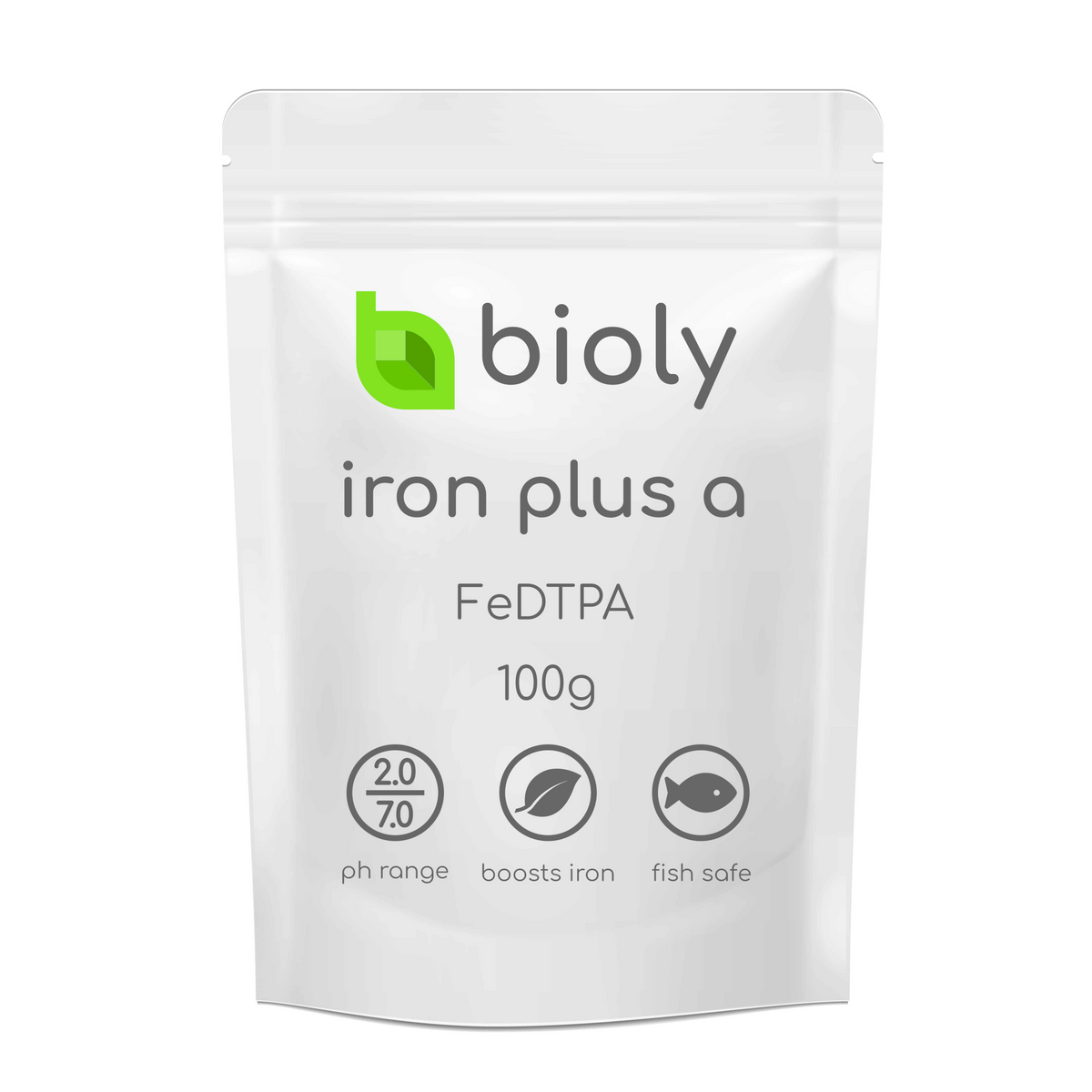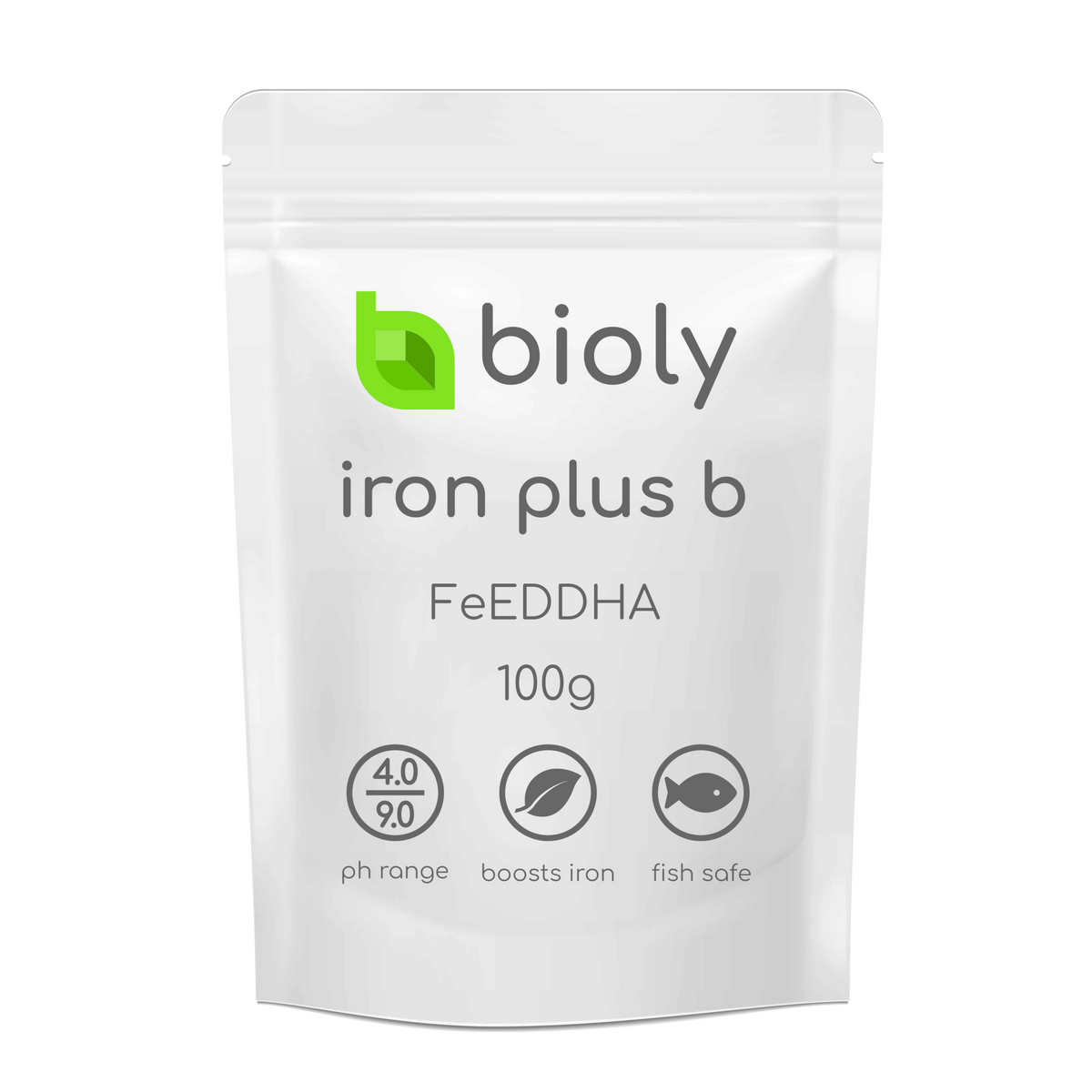Hi all,
@Happi calculated this for 190 litres, so if you had a tank half as large it is half the volume (10 mL) der dose or half the weight ~16g of <"Solufeed 2 : 1 : 4"> and 20 mL.
You can <"ignore the pH">, but your water is really soft. You can work out dGH from the calcium (Ca) & magnesium (Mg) values and the dKH from the alkalinity value.
The workings are here <"Water Hardness">
cheers Darrel
Yes, it would just depend on your tank volume,Just wished to confirm the amounts.
@Happi calculated this for 190 litres, so if you had a tank half as large it is half the volume (10 mL) der dose or half the weight ~16g of <"Solufeed 2 : 1 : 4"> and 20 mL.
You can <"ignore the pH">, but your water is really soft. You can work out dGH from the calcium (Ca) & magnesium (Mg) values and the dKH from the alkalinity value.
The workings are here <"Water Hardness">
From your water report1 dGH = 7.143 mg/litre of Ca and 1dKH= 21.8 ppm HCO3 or 1dKH = 17.86 mg/litre CaCO3
So even for the maximum values less than 1 dKH and 2 dGH.
Alkalinity as CaCO3 Min
8.40Mean
12.4Max
15.6mg/l
Calcium 5.15 6.09 9.21 mg Ca/l
Magnesium 0.990 1.61 2.01 mg Mg/l
cheers Darrel
Last edited:








